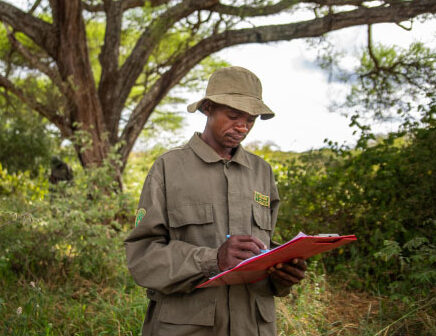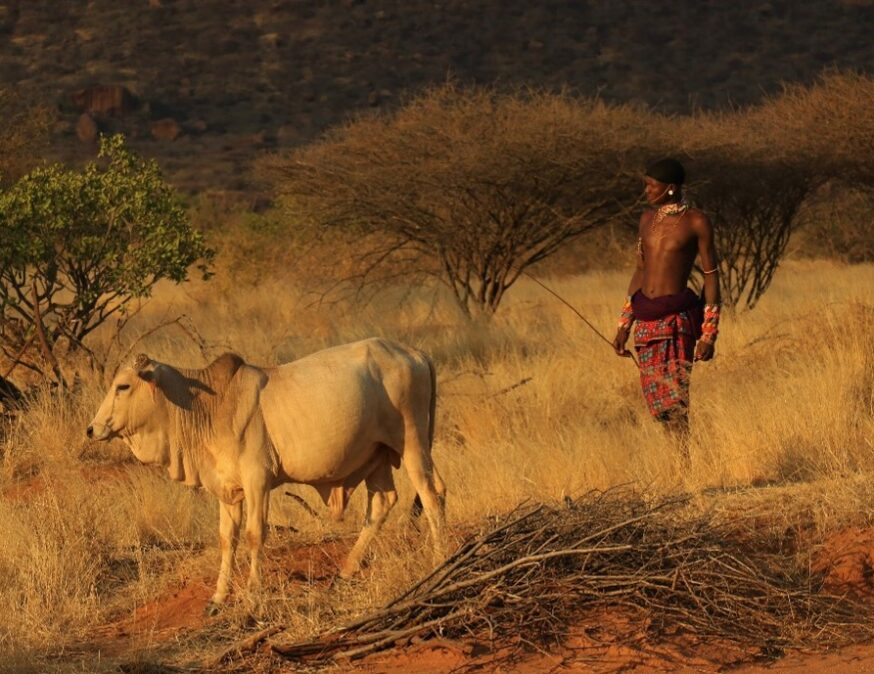When a government declares one forest protected, who’s to say it won’t grant a logging concession for another? If a forest can no longer be cleared for subsistence agriculture, then where do these family farmers go? If carbon project developers are not careful, the answer can simply be: to the forest ‘next door’.
In the voluntary carbon market, this is known as leakage – a situation in which deforestation activities are not prevented, merely shifted from one area to another. It is a conundrum with which the market has grappled for years. Yet, despite making progress on leakage limitation, the ways in which project developers tackle the issue are not generally well understood. Cue this explainer.
WHAT IS REDD+?
But first, we must lay the foundations. Without a solid understanding of REDD+, you will likely be lost when it comes to the matter of leakage. Broadly, REDD+ refers to forest conservation activities but it also has a more specific meaning. According to UNFCCC, REDD+ activities work to “reduce greenhouse gas emissions from deforestation and degradation while promoting the sustainable management of forests and the conservation and enhancement of forest carbon stocks.”
REDD+ can occur at different scales. There is project level – usually tens to hundreds of thousands of hectares and normally run by NGOs or social enterprises – and there is the jurisdictional level – typically millions of hectares and can be run by a project developer under national or subnational frameworks. For every type of REDD+ project, it must ensure local people have the chance to give their free, prior informed consent to its activities and that is before it is verified by the industry’s standards bodies.
Whatever the scale, REDD+ can address different types of deforestation and degradation. There is avoided planned deforestation and avoided unplanned deforestation. Unplanned deforestation is inherently local, driven mainly by subsistence agriculture whereas planned deforestation usually takes place under government approved logging or agricultural development concessions. However, concessions need not always be destructive – they can be granted for conservation activities too.
WHEN DOES LEAKAGE OCCUR?
The risk of leakage presents differently depending on the project type. In avoided unplanned deforestation projects, leakage occurs when subsistence farmers stop clearing trees inside the conservation area but instead cut the trees outside of it.
In avoided planned deforestation projects, leakage can occur if the government hands out a concession for an NGO or social enterprise to conserve one area of forest while simultaneously granting a different concession to a company to log another. However, if a project operates on a jurisdictional level, the risk is that the deforestation or degradation activities are shifted to the neighbouring jurisdiction.
But whatever the project type, when leakage does occur, it underlines the level of pressure facing forests. If there is leakage, there is clearly a need for more conservation activities in an area.
WHAT CAN BE DONE TO ADDRESS LEAKAGE?
There is a misconception in carbon markets that leakage from REDD+ projects continue unaddressed. Yet this perception is outdated – leakage limitation has always been considered and incorporated into a project’s design.
Whether it operates at a project level or a jurisdictional level, developers assess leakage risk as part of their verification processes and to monitor deforestation in its ‘leakage belt’ – an area outside of the project’s own conservation remit. Based on these calculations, it is standard practice for a project to set aside between 10 and 20 percent of the credits it produces as insurance against forest damage or leakage. This is known as a buffer pool.
What’s more, project’s often work to tackle the underlying drivers of deforestation and degradation in the surrounding landscape. In avoided, unplanned REDD+ projects, leakage can be addressed by offering alternative income streams to subsistence farmers and educating local people on agricultural practices.
It can also be tackled through the sustainable intensification of agriculture. While this might sound like an oxymoron, it is actually a clever conservation strategy. It shifts agricultural expansion away from standing forests and towards marginal lands or to areas historically cleared.
On the other hand, addressing leakage from planned deforestation usually requires government cooperation. If logging is identified as a major cause of emissions, market leakage is one way to reduce risk. Developers would use a national timber extraction figure and calculate the percentage of forest potentially lost to logging across the project area.
Indeed, if deforestation reduction targets are set at a jurisdictional level, it can incentivise conservation across the whole country for governments, bound by national commitments, are less likely to offer conservation concessions in one area and logging concessions in another.
At the same time, it must be acknowledged that coordinating all the political, economic and social actors in a jurisdictional REDD+ project can be a challenge. This role sometimes falls to NGOs, but there is a case to be made that this should be a government’s own responsibility.
Regardless of whether a project works to prevent planned or unplanned deforestation, if leakage persists the developers will take precautionary action. They will reduce the overall number of credits issued by the project to prevent instances of over-crediting.

CASE STUDY: LEAKAGE LIMITATION SUCCESS
Makame Savannah, a project developed by Carbon Tanzania, has been successfully working to address the drivers of unplanned deforestation around its expansive conservation area. Spanning more than 360,000 hectares, this Wildlife Management Area has become a safespace for trees and wildlife. Indeed, since the project began in 2016, more than one million trees that would otherwise have been cut continue to stand. Based on Makame’s conservation work, 517,000 carbon credits have been verified and issued, including 330,00 to Respira.
Carbon Tanzania has woven leakage accounting into the very fabric of Makame Savannah’s project design. Taking a conservative approach to calculating leakage and issuing credits, 28 percent are not sold on the market, withheld instead as a buffer. At the same time, Carbon Tanzania operates proactively, engaging in specific leakage mitigation activities to reduce overall risk.
What’s more, Carbon Tanzania works directly with local communities to address the underlying drivers of deforestation. The foundation of this approach is to reduce the daily cost of living to individuals and therefore reducing the financial necessity to fell trees for short-term economic gains.
Therefore, Carbon Tanzania ensures that revenues from these credit sales are distributed to members of the local community. So far, these funds have been predominantly allocated to education and healthcare. Children have benefitted from scholarships, which has simultaneously lifted financial pressure from their families. Many individuals have received health insurance cards which, funded by the project, allow them to be treated in local hospitals for free. And in October 2022, more than 60 students had their university fees entirely covered by carbon revenue.
Makame Savannah also employs local people for surveillance. Together, the team monitors the area for signs of poaching and agricultural expansion, catching some of the underlying activities driving deforestation early on. These holistic approaches adopted by Makame Savannah work to reduce leakage around the project area and clearly demonstrate how leakage can be minimised if effectively factored into a project’s design.
Projects like Makame Savannah give us confidence that the risk of leakage is taken seriously by project developers. However, while efforts are made to tackle the underlying drivers of unplanned deforestation and degradation, we also understand that occasionally leakage can still occur. Standard practice in the market provides assurance. In the event of leakage does occur, less credits are issued and a projects insurance buffer pool prevents any over-crediting from taking place.
Share this article



